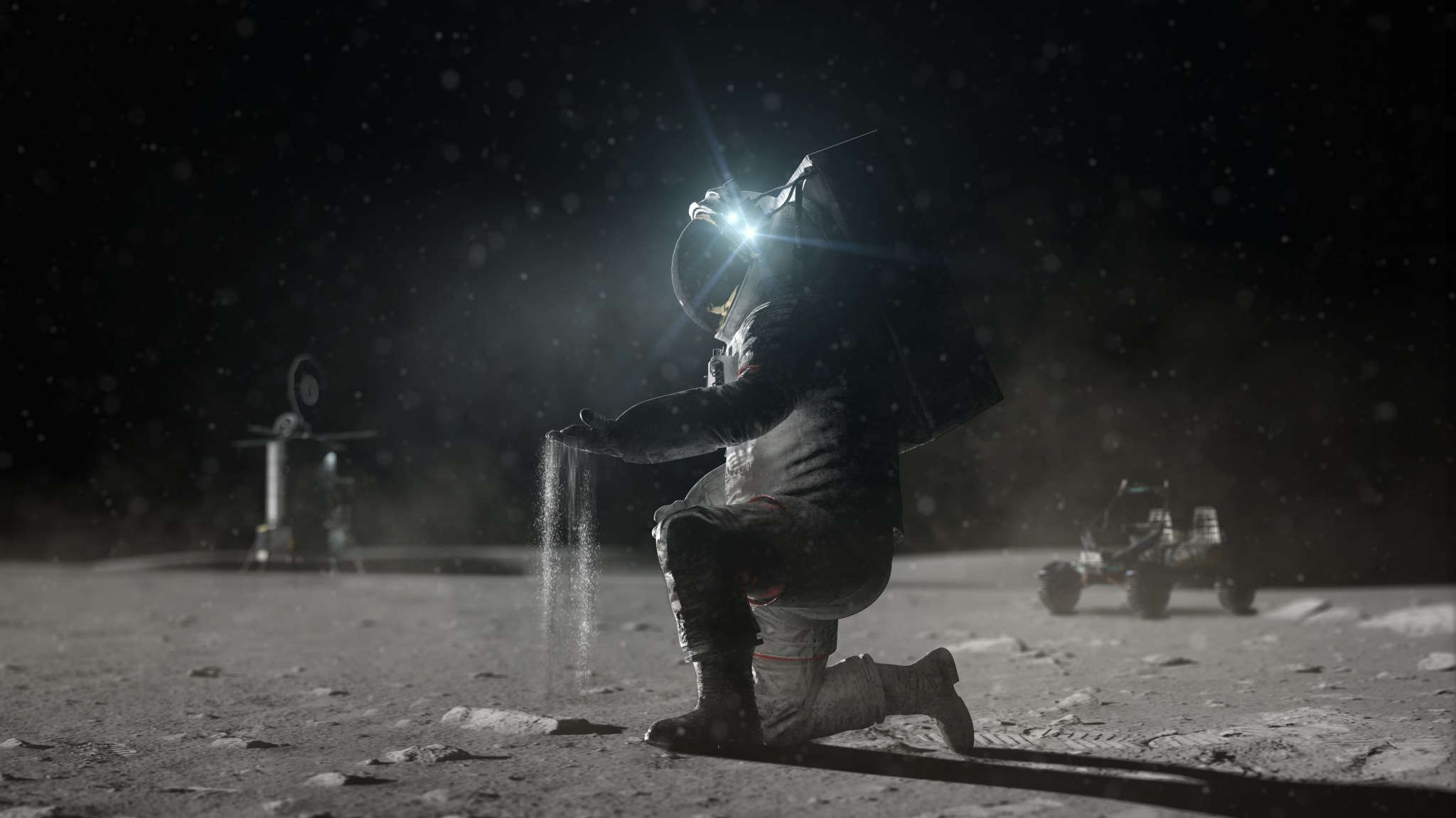With Artemis missions including robotic surface exploration missions, crewed lunar missions carrying the first woman and first person of color, and a base camp to establish the first long-term human lunar presence – NASA, together with commercial and international partners, is returning to the Moon in a big way.
Around the world, government agencies and companies are also making their own plans. More than 20 missions are planned to the Moon between now and 2026, with participants including NASA, international agencies, and industry. Half of these missions are headed to the Moon’s South Pole, and many are targeting the same handful of craters and other features of interest. Many of these missions are going to operate in proximity to each other on the surface of a celestial body for the first time in history. This will raise challenges humanity has never faced.
A new Lunar Landing and Operations Policy Analysis published Tuesday, Oct. 25, by NASA’s Office of Technology, Policy, and Strategy (OTPS) examines some of the policy challenges that having numerous missions at the Moon will create.
As part of the Artemis campaign, NASA leadership asked OTPS to examine policy concerns that may be associated with these challenges. For example: What if another organization wants to land or operate right next to a NASA rover? What if that organization’s landings eject dangerous rocks and dust that could damage others’ assets on the Moon or in cislunar space? What if some agencies operations on the Moon endanger those of other agencies? Do some locations deserve special protections because of their unique scientific or historic value?
The NASA OTPS report provides options for responding to these and other questions. Working collaboratively with and building on the technical expertise of NASA scientists and engineers, OTPS considered policy solutions that might be able to address these challenges and allow NASA – and all humanity – to live, work, and collaborate on the Moon in a safe, sustainable, and predictable way.
Located within NASA’s Office of the Administrator, the Office of Technology, Policy, and Strategy conducts independent, evidence-based research and analyses to advise and advocate on matters concerning agency-wide technology, policy, and programs. The office also communicates and supports interagency technology efforts, keeps leadership aware of emerging issues, and identifies the trade space for key agency decisions.




























